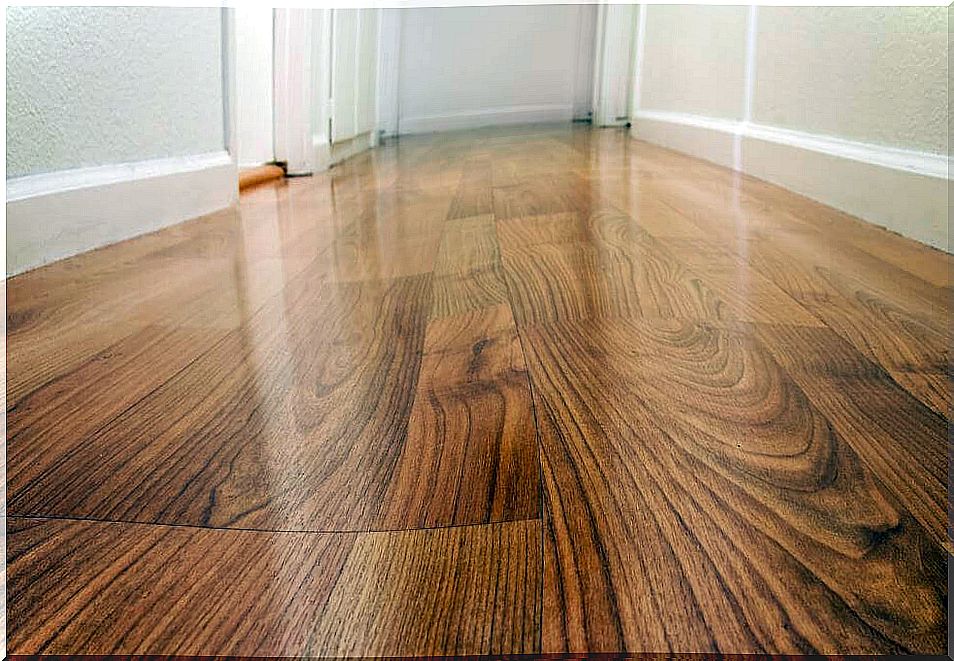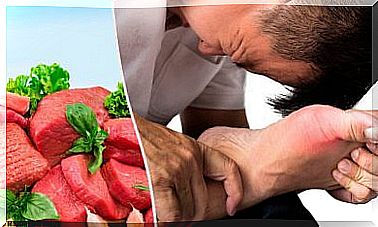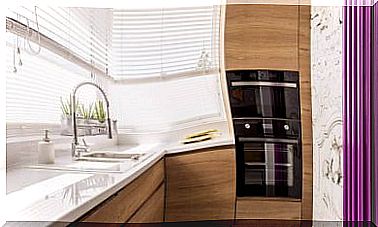Top Tips For Protecting Wooden Floors

To protect wooden floors and prevent material loss due to constant use, it is important to know some tricks. However, we must first review the basic characteristics of this popular material in home construction and decoration. This will help us to know better what we are going to take care of and how to treat the floor efficiently.
Wood is one of the most used resources of plant origin, mainly because it is easy to care for. Of course, this is an organic material. Therefore, it can be recycled, and if you decide to dispose of it, it is
In other words, wood has no residue. However, when you have a wooden floor, a piece of furniture or any other wooden object, what you most want is to keep it in good condition to enjoy its usefulness and a pleasant atmosphere. In this sense, the good appearance of the floor will be an indicator that we apply the appropriate measures when it comes to taking care of the material.

Basic aspects that must be considered
When we are preparing to protect wooden floors, certain aspects need to be taken into account. You don’t need to be a woodworking expert, just pay a little attention and don’t forget. Although it may not seem like it, this is very important when you go to a wood shop and tell the seller what you have at home and how you would like to take care of your product.
- Origin: natural or artificial. The wood floors of natural origin are obtained directly from the trunks of trees and are organically treated at the sawmill. On the contrary, wood of artificial origin is obtained from natural remains (chips or pieces) and other materials (usually plastic).
- Type of wood. If it is natural, it will be classified as hard or soft wood. On the other hand, if it is an artificial or commercial wood, it can be: fiber, particleboard or plywood.
Soft woods are those that come from fast-growing, evergreen trees (such as pine, fir and cedar). This type of wood is generally light in color, flexible, has a uniform texture and medium strength. As for the cost, it is generally very affordable.
Hardwoods are those with a more rigid constitution and come from slow-growing trees (such as the holm oak). Therefore, they are denser, darker in tone and with greater thickness, hardness and strength. Unlike softwoods, hardwoods (or hardwoods) have more irregularities, and this makes them much more difficult to care for.
Thus, to protect natural wood floors, it is necessary to know their basic characteristics: origin, type, color, thickness, texture, hardness and flexibility. It is also necessary to take into account the location (if it is indoors or outdoors), as care varies according to environmental factors. When we have all this clear, we will be able to decide which elements will allow us to reinforce the strength of the material.
How to protect wooden floors?
Artificial wood floors tend to have greater tolerance to moisture, while natural ones are much more susceptible to the action of this element. So of course you can’t treat a natural wood in the same way as an artificial one, because we could damage it to the point of losing it completely.
In other words, artificial wood is usually treated with varnish, lacquer or dye, among other products. Therefore, they generally have greater impermeability. Consequently, its maintenance is much simpler. They can be scrubbed with a little water and detergent (it shouldn’t be too much, so wring out the cloth well before wiping the surface so you don’t get too wet).

Artificial wood floors do not require regular waxing, but it is advisable to do it at least once a year. This way, the wood will be hydrated and the scratches will be covered. This will allow the floor to be shiny again rather than opaque and dusty.
- When cleaning wood, it is recommended to use neutral or special soaps for wood.
- If the wooden floor is natural, it will need to be waxed frequently. Ideally once a month.
- After varnishing a floor, it is very important to allow it to dry well so that the wood absorbs the product and thus prevent the soles of the shoes from being marked when walking on the surface.
- There are different types of varnish: with sun protection, with fungicides, etc. It is not recommended to apply them all at once, but use a certain type each time.
- If the floor has a lot of scratches, cracks and marks, it is best to sand it before varnishing and waxing.
- To protect hardwood floors (indoor and outdoor), place spongy adhesives on the legs of chairs and furniture that normally move more frequently, thus avoiding friction.
- If the floor has any discoloration, and if it is made of natural wood, it is better to use a varnish with dye based on organic ingredients so that the finish does not discolor.
- Avoid using a broom to clean the floor, as this usually makes wear more evident in a short time. Instead, use a mop.
Regardless of the type of wood you have, good maintenance will help to prolong its longevity and preserve its properties. As we’ve seen, you don’t have to be a woodworking expert, but be aware of every detail. On the other hand, you have to stop for a moment and carefully read product labels. Just because the product says “for wood” doesn’t mean it will work the same for all floors.









